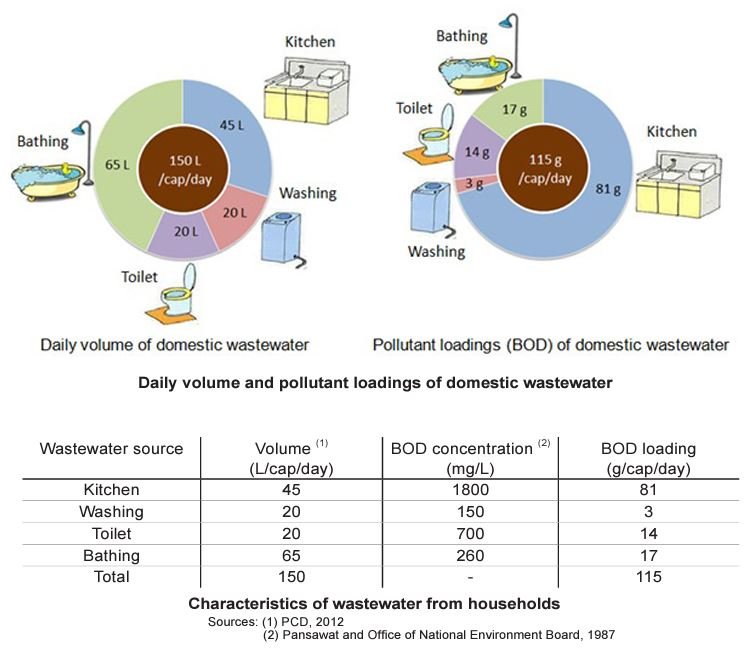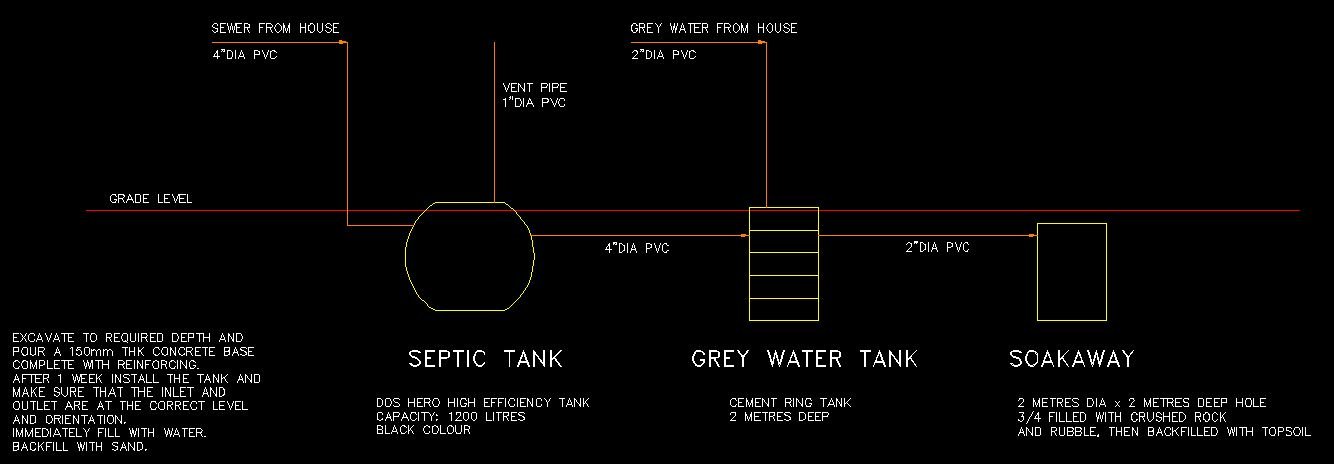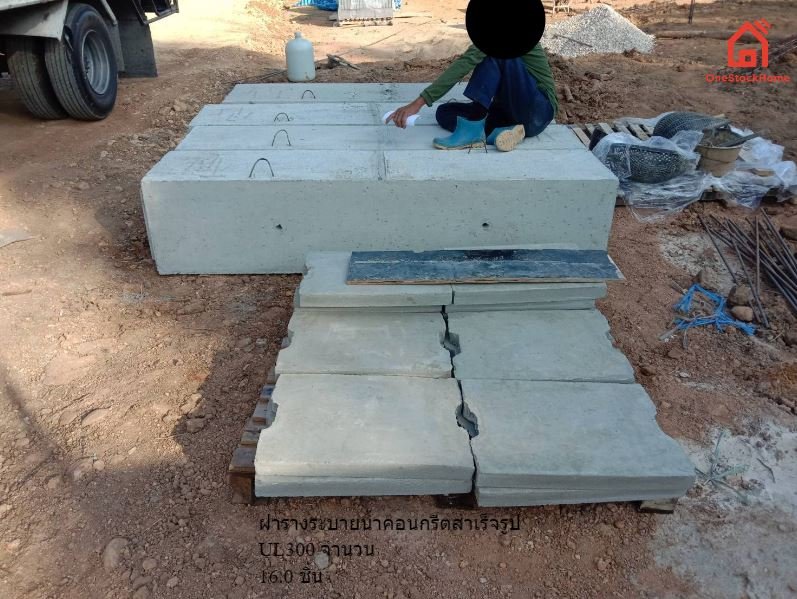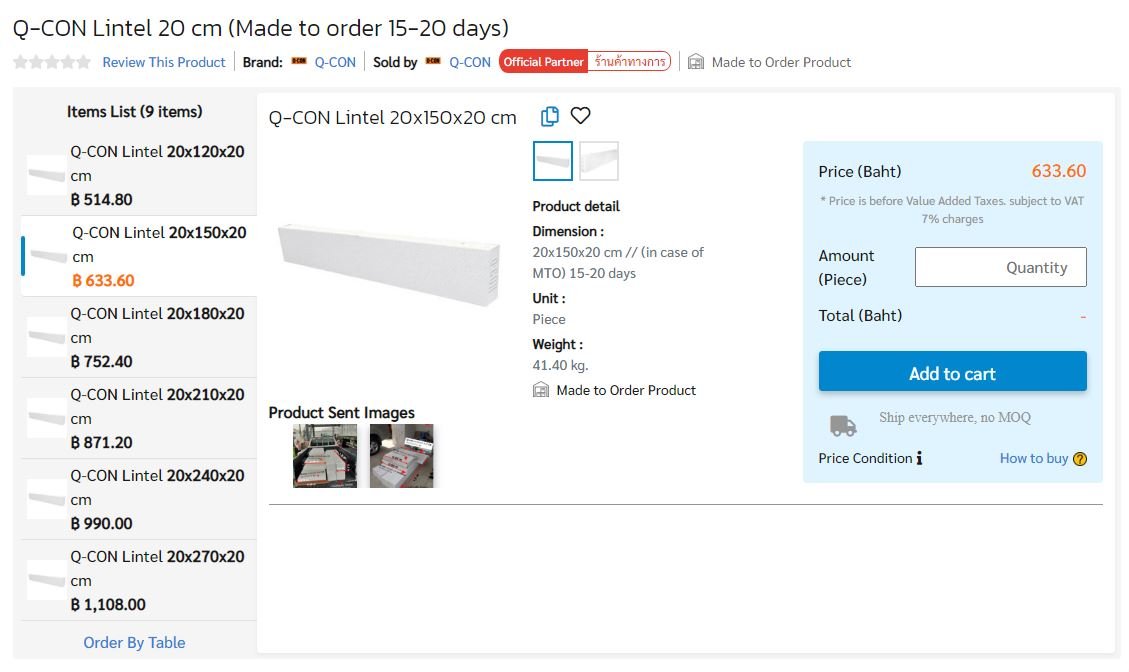-
Posts
1,291 -
Joined
-
Last visited
Content Type
Profiles
Forums
Downloads
Everything posted by Encid
-

Land has been topped off, house almost finished, but............
Encid replied to Will B Good's topic in DIY Forum
Great tip... thanks! -
I think it will be years before the PEA extends the supply past our property... nobody is building out there (except us of course) and very few will meet the criteria in the options that the PEA provided above. Our (private) poles will be on family owned farm land, so nobody (including the PEA) can extend our supply. On the screen shot below from Google Maps the little heart shows the location of the land where our house will be built. You can also see the FIL's pond to the west of the house site. The north-east corner of the block has direct access to the concrete government road that I was talking about but the nearest PEA pole is about 800m away to the North. All the land to the west of our building site is family owned rice farming land up to the larger concrete government road with the "big power" HV lines and also domestic 220v supply lines. The final route has yet to be decided but I expect that we will be running new poles at 20m intervals (to support both domestic power supply and future internet fiber optic cable) along the tops of the rice paddock bund walls to the NW corner of the pond. I plan to go underground from there. Obviously changes in direction of the cable route will put some poles under tension, and this typically cases them to lean, but we will try to mitigate that. Being "private poles" we are assured of no further additional load being put on them.
-
Whilst we were there my wife and her father visited the local PEA to see what options are available to getting electricity to our building site. It is on a concrete government road, but the nearest PEA pole is 800 metres away at the edge of the village. They were advised that we have three options: 1. Build your house, obtain a house number (tabien baan), then apply to bring in domestic electricity. 2. Apply for a farm supply, need at least 5 different people with 5 different chanotes all with tabiens for "working farms". 3. Rent a meter for 4000 baht, then run your own cables (to PEA spec) and poles to your building site. As our plan is to build a "guest house" first (a single structure comprising lockable bedroom, hong naam and shower, and open kitchen/resting area) for us to stay in whilst the main house is built, we were considering going with option 1. However after meeting (on-site) with our builder, he suggested going with option 3 and coming across family owned farm land from the larger "big power" lines from another road about 220 metres away. Sure enough, below the HV cables on the large poles there were step-down transformers to power lines on smaller poles carrying the domestic 220v supply. We made note of the nearest PEA pole number and our builder will survey the route and provide us a quotation to run the poles and cable. Once we have power cables across the farm land to our building site, the plan is to then run it underground inside that black with red stripes HDPE pipe.
-
Mohk (โมก) Wrightia religiosa (Apocynaceae) is what we used for a hedge in our garden in Najomtien and I'm told that it will thrive in the Isaan conditions. It does need regular pruning and the flowers attract a lot of insects in particular bees (including the large and loud carpenter bees). They do need a lot of direct sunlight, otherwise they can grow straggly and get subject to white mould like insects if in heavy shade. There are other quick growing varieties available and we're looking into them too. I'm told that sour tamerin trees are also quick growing and very resilient.
-
As you can see from the photos FIL has laid a few branches down but that isn't going to cut it. It needs planting out the entire slope plus maybe a metre on top as well. The locals know what to plant (after I showed them a few photos from a Google search of Thai hedges) but we are going to wait until after the new fill has been completed.
-
We have decided to proceed with adding another metre of fill the the land. A local from the same village as my FIL had noticed the new land fill and had asked if we thought it was high enough (he obviously thought not!). This local had a friend who was in the earth moving business and said he would give us a good rate. So we arranged for a time when we could all meet together and look at the land. This new guy was very amenable and understanding of my discussions with him, and gave us a quotation of 180 baht per truck which we were all very happy with. The land will come from my FIL's and his sister's farms so not far to travel. I measured the area to be filled and it comes to about 2070 sq.m. As each truck's capacity is about 8 cubic metres, I reckon it will take about 260 truck loads to get to the required level. To establish the datum for the new level I sprayed some pink paint on one of the fence posts so the contractor can check his progress. This time my BIL (wife's brother) will be the on-site owner's representative... he is not as grieng jai as his father and will make sure things go to plan. The work starts in a few days time.
-
I'm just back from another visit up-country. The farm has seen some heavy rain over the past week or so, and there is visible subsidence of the land fill. In localised areas there has even been some sinkage.
-
A little practical demonstration never hurts lol. We were living (renting) in Bangkok many years ago and her SIL was our maid. There was always a severe problem with drainage in the area with flooding and huge rats would come out of the storm drains whenever it rained. One day (closer to a week actually) a council truck turned up, blocked off the road at both ends, took off all the storm water drain covers, and sucked out all the gunk inside. Some workers even had to climb down into the drains and shovel the gunk out manually. The smell was horrendous! My SIL asked one of the workers where all the gunk came from and he explained that the majority was from food vendors who poured their used cooking oils down the drains. I'm sure that the practice still continues in Bangkok, but it was a valuable lesson for my wife and her SIL.
-
I have heard that anything "non-standard" can be scrutinized for a long time and that approval can be difficult. Apparently there are 3 government agencies related to laws and regulations for on-site treatment facilities... 1) the Ministry of Interior (MOI), 2) the Ministry of Natural Resources and Environment (MONRE), and 3) the Ministry of Public Health (MOPH).
-
Actually I have trained my wife and her SIL not to do that too. The used cooking oil (Thai's just love to fry everything except som tum hey?) goes into empty cooking oil containers and they are disposed of with the garbage. Not sure how we're going to dispose of stuff like that when we're up-country though... I would not have thought that the minimal amount of residual grease or oil on frypans, cooking utensils, plates etc. and detergents would be significant enough to contaminate the grey water tank so much that it would be detrimental to plants.
-
Is that why Thaiwatsadu sells grease traps for? See here.
-
TCL make a portable 3in1 system that comprises of a fan, air conditioner, and de-humidifier with 8000 BTU cooling capacity. See more here. Thaiwatsadu have a similar TCL 9000 BTU unit for sale for about 7000 THB. See here. One thing to consider is that the hot air needs to be vented to an open window. The condensed water it generates is automatically cascaded back onto the condenser and dissipated via evaporation. If excess water condensation is generated, the appliance will turn itself off and a warning will indicate that it needs to be manually drained. I'm thinking about getting one for myself.
-
Do any of you use your grey water on your gardens or lawns? With reference to the data in the information from Mahidol University above, the BOD loadings (organic wastewater biological treatment method is characterized in total volumetric BOD loadings) from the kitchen and washing machine are very high, probably due to the amount of detergents used, and is probably not suitable for use on gardens and lawns. But the grey water from bathrooms (and I'm also thinking of collecting the water from the air conditioning condensers) should be OK. Any thoughts?
-
The reasons for installing both a grey water tank and a soakaway are several. Firstly, our current home was built approximately 15 years ago now, and the moobaan was developed from a previous rice farm. It was filled (approx 500 mm only) compacted, left for a few years, then the developer subdivided the block and planned and built 50 odd houses. We first learned about the water table under the land when we constructed our swimming pool... the hole was about 2 metres deep and it kept filling up by a couple of hundred mm every night. The pool fabricator had quite a task to keep the hole drained until he had the concrete base and sides of the pool poured. And it was the cool dry season when it was built. Anyway, back to septic systems... Because the water table was so high in our area, the grey water ring tank never emptied... the level inside was always about 1 metre below grade level. And as septic systems operate, the overflow from the septic tank flows into the grey water tank which is supposed to allow the water to dissipate into the surrounding soil. But they do not work if you have a high water table and heavy rains for several days. Under those conditions the grey water overflows... onto your garden or wherever it can flow. Consequently we have to empty our septic tank and grey water tank about twice a year. Not much else we can do about it... unless anyone here has some suggestions? The new house we are planning on building is up-country... on a filled parcel of land that is currently being used for rice farming. Finished surface level of the land will be about 500mm above the highest recorded flood level, and the house will be constructed 1 metre above that. It will have 4 bathrooms... 2 downstairs and 2 upstairs. So I am thinking of having 2 septic systems... 1 at each end of the house. I did a little research, and discovered the following information: As you can see (and probably expected), most of the wastewater is grey water... but what I found surprising was the volume. No wonder our current grey water tank is nearly full all the time... one tank is simply not enough for that volume of water. So our new design has both a grey water tank and a soakaway for each septic system... and I am thinking of having a dedicated grey water tank and soakaway just for wastewater from the kitchen(s) and washing machine. Any comments?
-
This is the type of system I am considering installing: (the photo was copied from a previous topic now archived) This is a schematic of the proposed system:
-
I was searching the forum for information on septic systems, and the only topic I could find (which did have some good information in it) had been archived so I am unable to reply in it. I am curious how you guys have set up your septic systems for both black water and grey water. Any feedback would be most appreciated. And just for laughs, if you are going to get an off-the-shelf septic tank, make sure it has features like this one!
-
You could always make a larger hole for the drainage pit and pack it with sand. That way the clay can expand and contract without affecting your pit. How were you planning to drain your pit? I am imagining a line of pits along the length of your retaining wall, all connected by 2" HDPE pipe, with the final (or lowest) pit draining into another drain or klong or something? I say HDPE pipe because you can bury it in the reactive clay (although a sand filled trench would be better) and it won't crack or break like PVC.
-
Pre-cast concrete pits and covers are usually available at most hardware stores. I found these on the onestockhome.com website here.
-
They do work as a static vent but they work so much better with wind assistance. Soffit vents (or air intakes) are just as important to facilitate extraction. The following video provides a good demonstration.
-
-
If it's too late to put insulation under the tiles then perhaps lay this over the top of the ceiling insulation batts? The roof cavity would definitely need to be ventilated and a whirly-bird (or two) could be fitted. Rodent/bird proof vents would provide air intakes so the whirly=bird(s) can extract the hot air.
-
I see ceiling insulation not so much as a feature to keep the heat out, as the reflective sheets under the roof do a much better job. I see ceiling insulation as feature to keep your cooler air-conditioned air from escaping into the roof cavity.
-
I too am going to be building a rice farm shack as you call it Jeff. Here is my plan for the local builder to fabricate from. No need for an architect or draftsman. Nothing fancy... just 20cm sq columns in a 5m x 4m pattern. 20x20x600 Q-CON block walls. Electrical conduits will be surface mounted. The circles you see outside the structure represent a water storage tank and underground grey water and sewer tanks. We are planning to live in it whilst our main house is being built. After our house is built it will revert to a rice storage area and a rest retreat for the farm workers. And, back on-topic, I used AutoSketch software.
-
Q-CON do make lintels in various sizes now... perhaps they weren't available when sometimewoodworker built his house?
-
That looks to me to be pouring a concrete lintel, typically under and over a window frame and over doors.
.png.3b3332cc2256ad0edbc2fe9404feeef0.png)

















